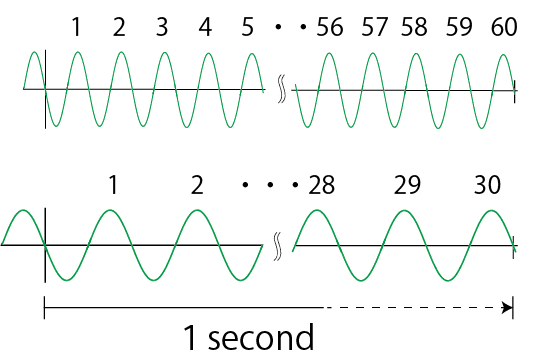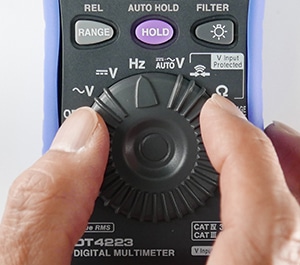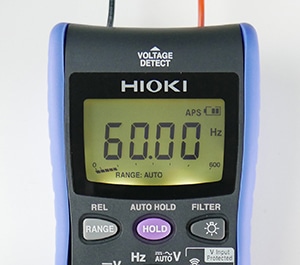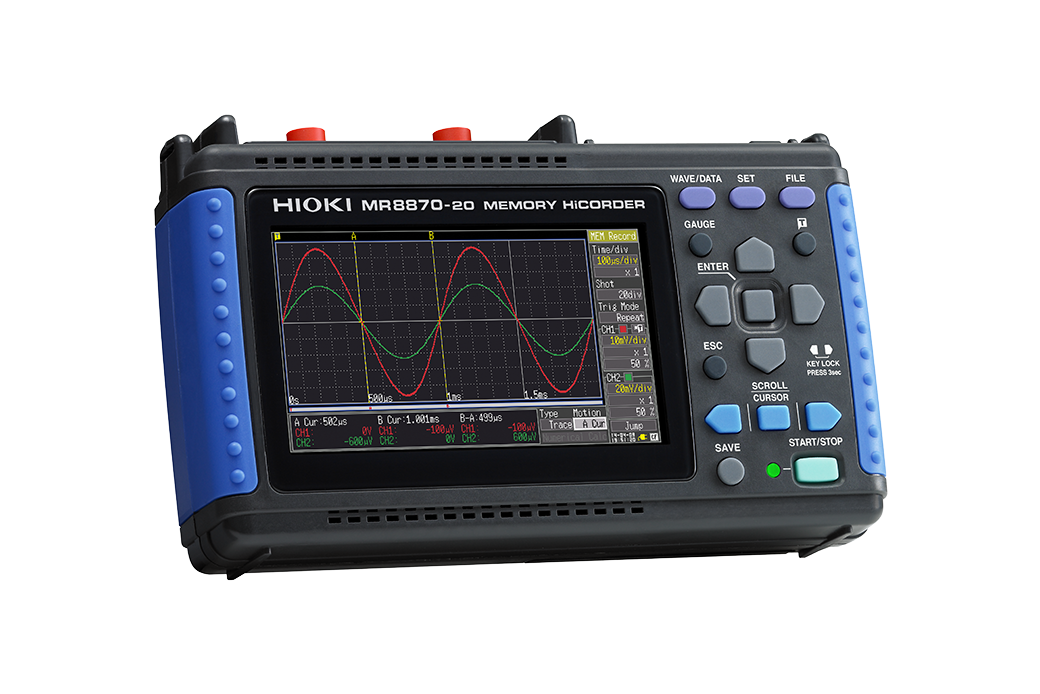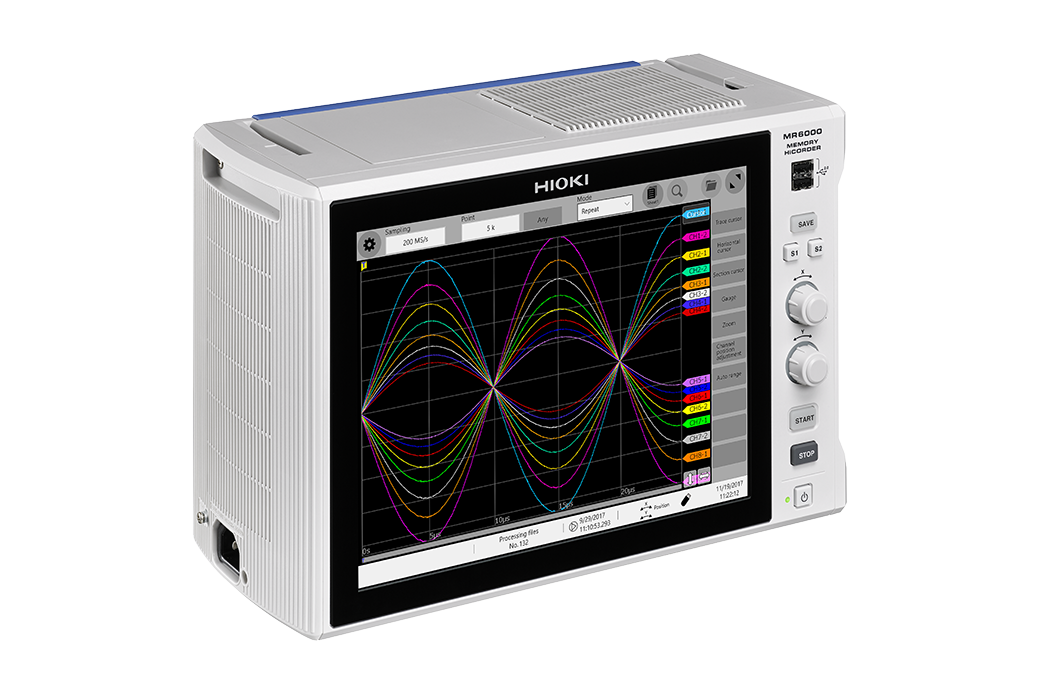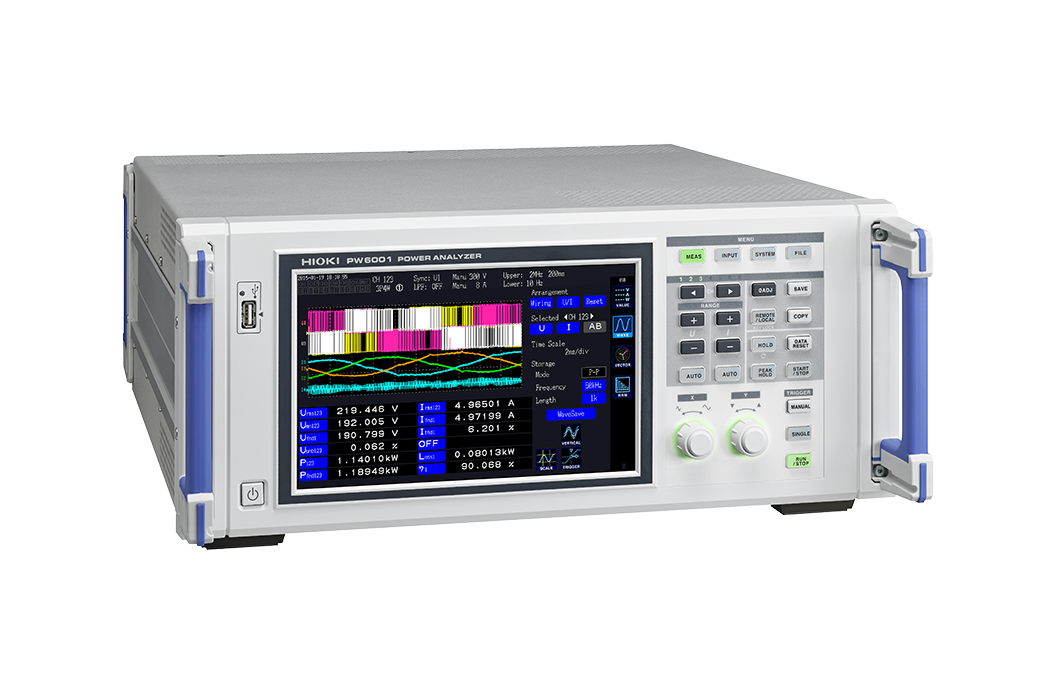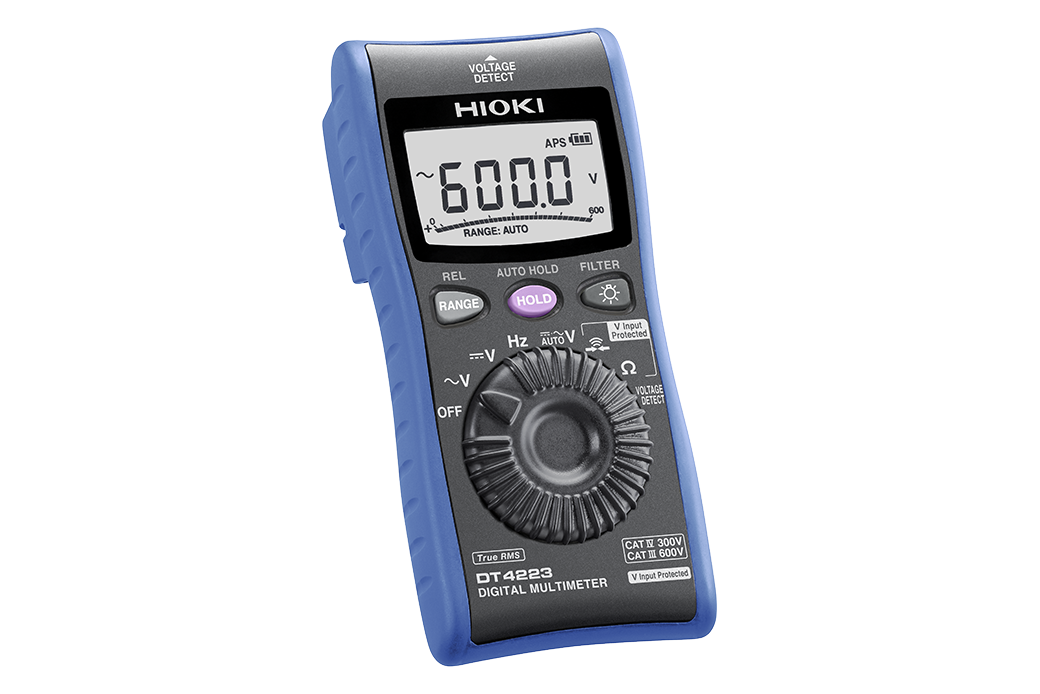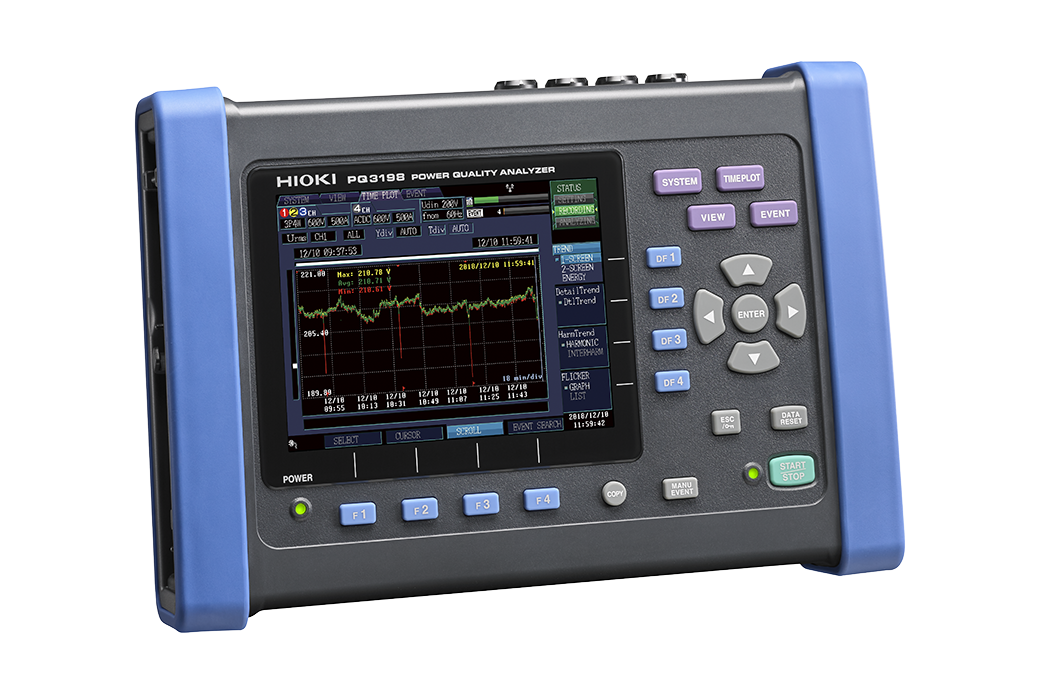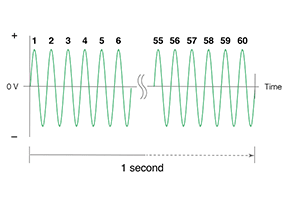How to Measure Frequency
How is frequency measured? Frequency measurement instruments and precautions concerning measurement methods
Overview
Many people are unaware of the frequencies used by the electric products they utilize in the course of everyday life. However, some devices specify a specific supported frequency, and using those products with electricity at an unsupported frequency poses the risk of damage, fire, and other hazards.
Some electric machinery used in industrial applications is designed to operate at either a single, fixed frequency or a variable frequency. This page provides an easy-to-understand introduction to fundamental knowledge about methods for measuring frequency in the context of electrical measurement.
Handling electrical equipment appropriately by understanding its frequency
In the context of an alternating current (AC), frequency refers to the number of times the electricity switches between positive and negative in 1 second. For example, a frequency of 30 Hz means that there are 30 waves per second, while a frequency of 60 Hz means that there are 60 waves per second. At 60 Hz, the waves alternate more quickly between positive and negative electricity.
Although the power grid uses a single, fixed frequency, there is concern that the increasing complexity of the grid, for example due to growth in the use of devices that utilize power electronics, particularly inverters, and in the number of grid-tied power sources, could adversely affect power quality by causing issues such as voltage anomalies and frequency fluctuations, which can damage products.
Inverters, a representative technology that allows efficient use of electrical energy, are used to control the speed of a motor by varying the frequency of the power it uses. By varying the frequency according to various conditions, motor speed can be controlled to achieve efficient operation.
Instruments for measuring frequency
There are a number of instruments that can be used to measure frequency.
Digital multimeters
These instruments display the measured frequency as a numerical value on a digital display. Since results are displayed numerically, this type of device has the advantage of having fewer reading errors. In addition to frequency, some models can measure current, voltage, and other parameters.
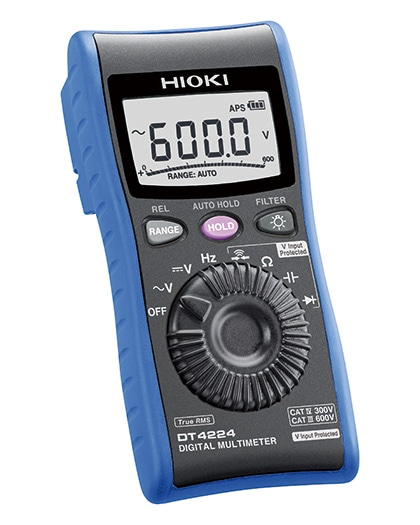
Power quality analyzers
These instruments can measure frequency, voltage, current, and power values and waveforms, among other phenomena, in order to pinpoint the causes of problems with power receiving equipment and transformers and malfunctions of electronic control devices.
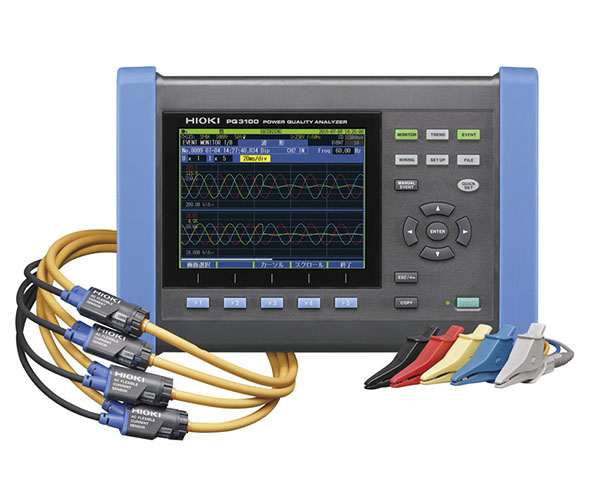
Power analyzers
These instruments are used to measure voltage, current, and power with a high degree of accuracy, including both the fundamental frequency components that dominate inverter output and harmonics such as carrier frequency components.
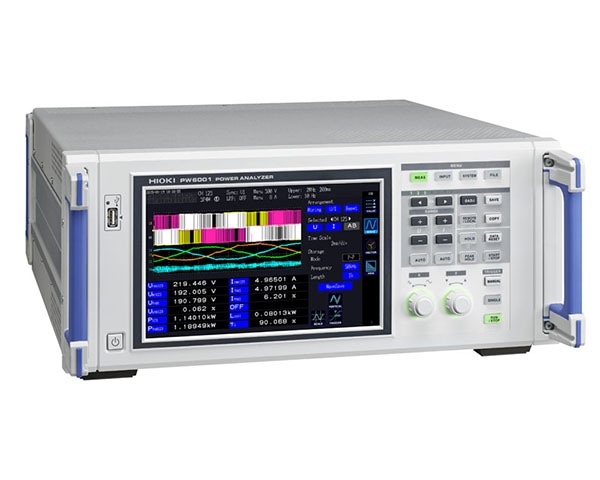
Oscilloscopes
These instruments can observe frequency waveforms. They can also measure voltage.
Many users need to measure not only frequency, but also current and voltage, although they may never need to measure inverter frequencies. The next section introduces how to use a digital multimeter to measure frequency in this typical use-case.
How to measure frequency with a digital multimeter
To measure frequency with a digital multimeter, you’ll need an instrument with a frequency measurement function. First, prepare the digital multimeter to measure frequency.
Select “Hz” with the function switch or knob. Once the digital display indicates “Hz,” you’ve selected the frequency measurement function.
Insert the red and black test leads into the frequency measurement terminals. Now the instrument is ready to measure frequency. In most cases, the red test lead should be inserted into the terminal labeled “Hz,” and the black test lead should be inserted into the terminal labeled “COM.” Some models can measure voltage and frequency simultaneously, and some require the red test lead to be inserted into the “V” terminal. Check your digital multimeter's instruction manual to ensure you insert the leads into the correct terminals.
The only remaining step is to place the test leads in contact with the circuit you wish to measure. Check the measured frequency on the digital display to complete the process.
Frequency measurement precautions
Digital multimeters make it easy to measure frequency, but it’s important to bear in mind certain precautions. First, verify that the instrument’s measurement function is set to frequency measurement (Hz) before placing the test leads in contact with any circuit. Doing so while the instrument is set to another function could damage the device.
Remember that measuring frequency causes current to flow. Exercise caution with regard to the risk of electric shock since even household outlets carry a voltage of 100 V or 200 V. Additionally, moving the rotary switch causes the instrument to switch measurement circuits. Unintentionally inputting a voltage into the instrument while the resistance range is selected could cause a large current to flow to the instrument, possibly tripping a circuit breaker or causing an arc discharge or other accident.
Summary
There are various reasons you might need to measure frequency, for example if you’re performing equipment maintenance or moving to an area with a different power frequency. In such situations, you’ll need a digital multimeter or other instrument capable of measuring frequency.
Digital multimeters are easy to use, even for beginners. Why not try measuring frequency when you need to do so?

